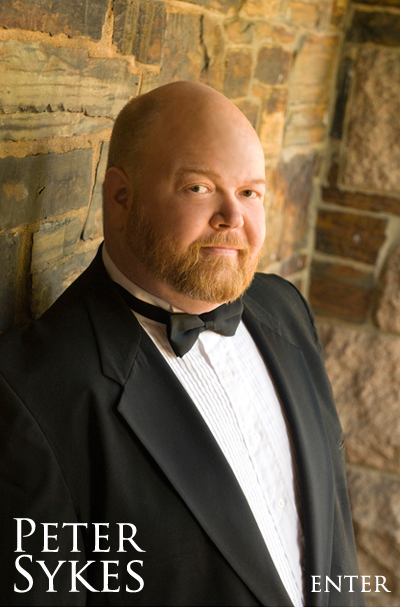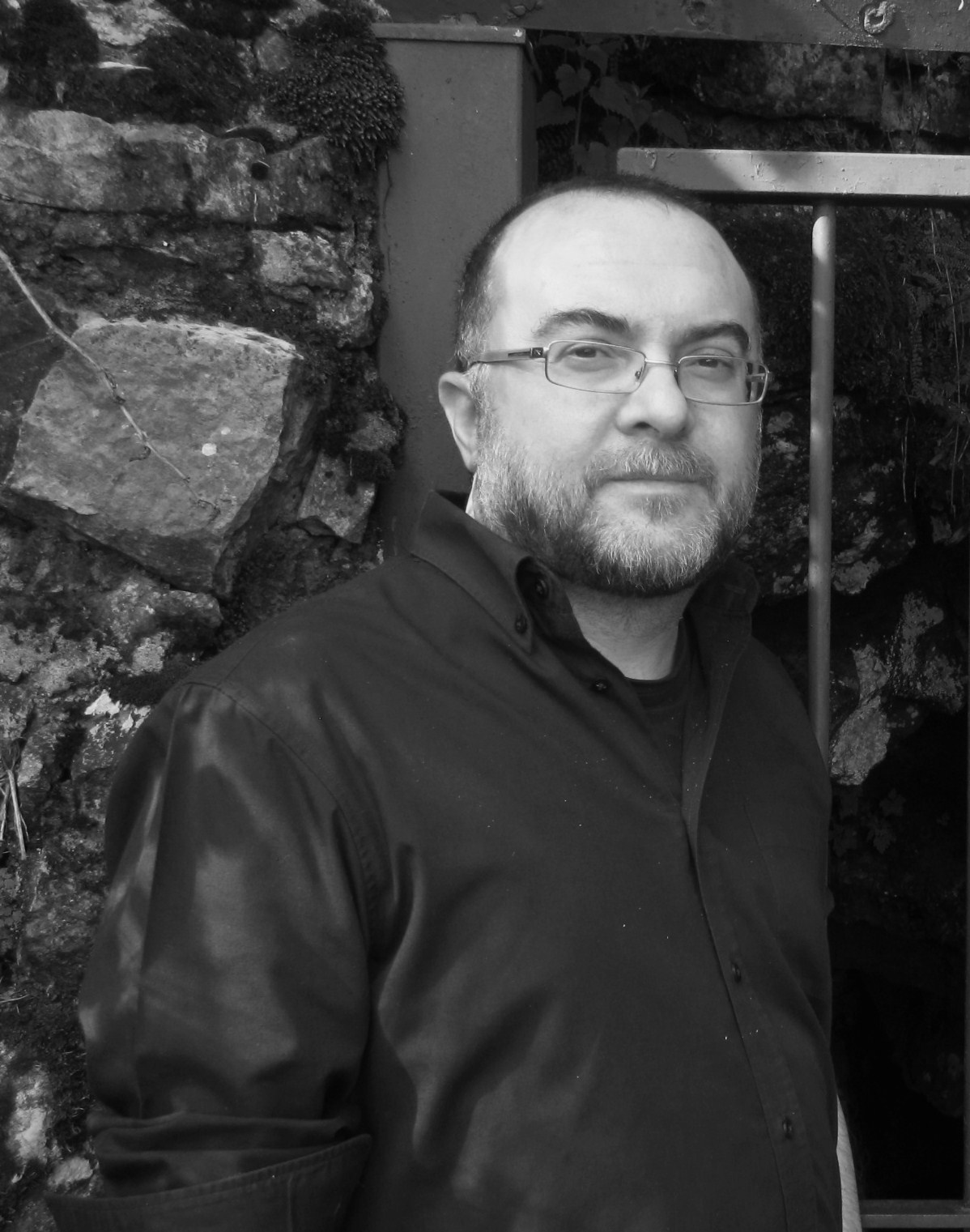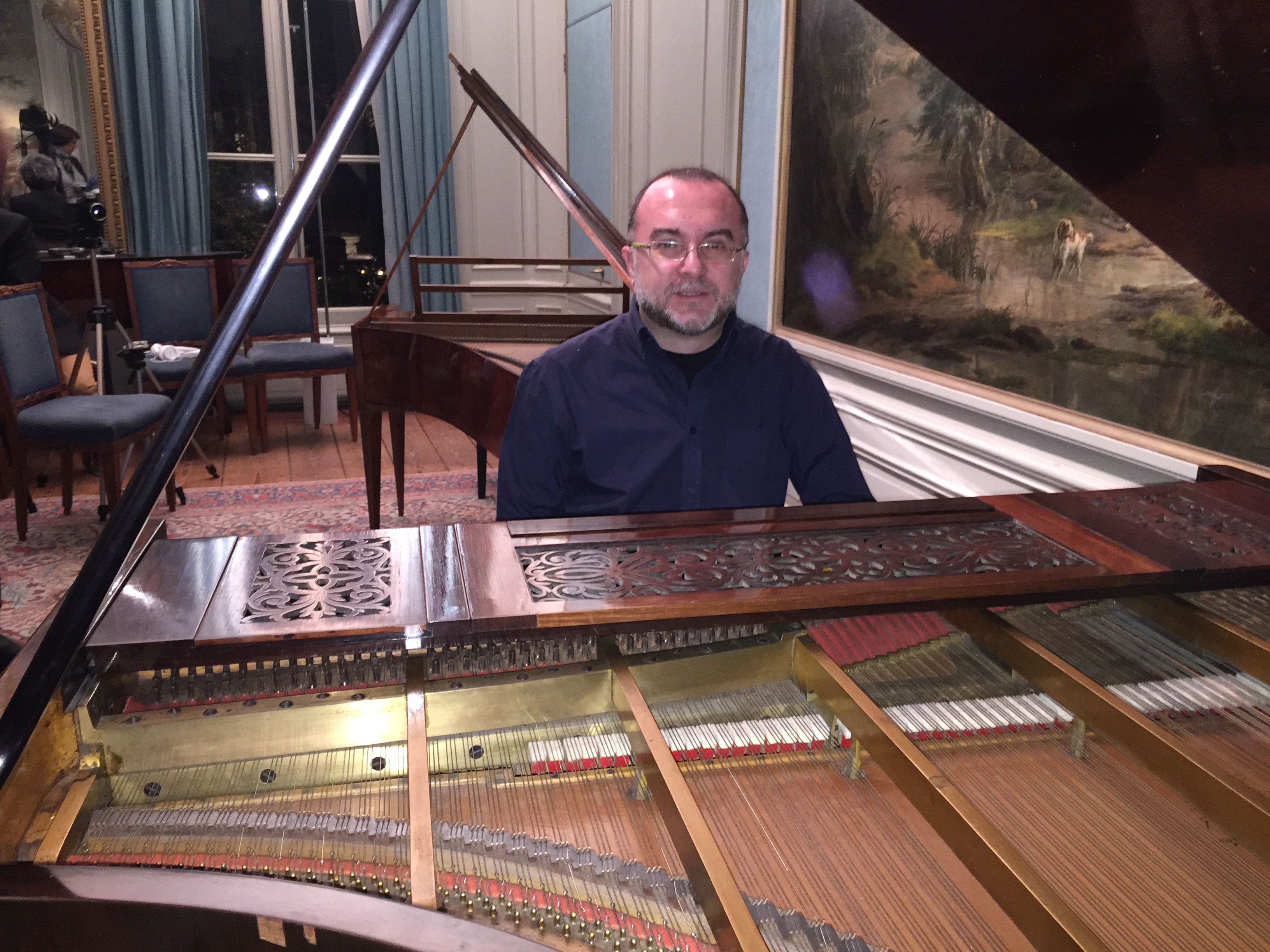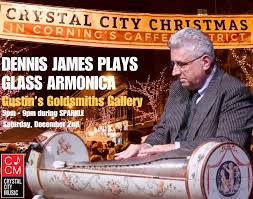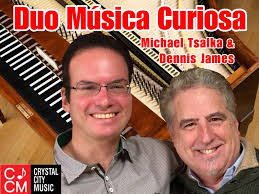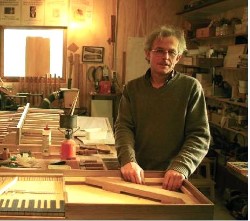Geelvinck Fortepiano Symposium 2018
14 augustus 2018 | 10.30 uur
| Muziek Museum Zutphen, Zutphen

This international scientific symposium concerning historical informed performance on original historic pianos and related instruments from the 18th, 19th and early 20th centuries, aims to bring together professional practitioners, musicians, music historians, musical instrument curators, restorers, piano tuners and technicians, builders of historical key-board instruments, collectors and connoisseurs, for lecture-recitals, paper presentations and discussion on new developments and finds.
Theme: ‘Fortepiano, Fashion and Dance’
Instruments: fortepiano, square piano, clavichord, pianola and glass armonica
Keynote speakers:
– Prof. Peter Sykes (USA)
– Prof.Em. Dennis James: glass armonica (USA)
Moderator:
– Dr. Michael Tsalka
Speakers:
– Mr. Peter Bavington (UK) and Mr. Sander Ruys (NL)
The History and Restoration of the Meerbach Clavichord at the Geelvinck Music Museum
– Mr. Tom Bouwman (NL)
Mozart’s Late Piano Works: A Case for Stein
– Dr.h.c. Jurn Buisman (NL)
A museum to conserve musical instruments, or to preserve sound heritage ?
– Mr. Ratko Delorko (Germany)
An Introduction to the Maene Straight-Strung Grand Piano
– Ms. Monika Lustig (Germany)
The Traveling Schiffsklavier: Tracing the History of the De Ruijter Pianino at the Kloster Michaelstein Music Academy
– Ms. Chie Hirai (Japan)
Fashionable Folklore: The Air Russe and the Fortepiano in the 1820s
– Dr.Prof.Em. Olaf van Hees (NL)
Original Condition?: Square Pianos meet the XXIst-century Market
– Prof.Em. Dennis James (USA)
The Glass Armonica and its relation to the Fortepiano
– Mr. Cristian Leal (Chili)
A Chilean Chopin: Four Doloras by Alfonso Leng Haygus (1884-1974)
– Prof. Gabriele Toia (Italy)
Improvisation and Historical Fortepianos
– Dr. Michael Tsalka
Ignaz Moscheles and the Divas of London’s King’s Theatre:
– Mrs.Dr. Diana Weston (Australië)
Keeping the Tempo: Fortepianos and Dance Music
The program includes several (lecture)recitals.
Instruments:
– Matthäus Heilmann, Mainz, c. 1780-1790
Fortepiano. Revision: Gijs Wilderom; Tuning: Sara Lewensztain
– J.C. Meerbach, Gotha, c. 1800-1820
Clavichord. Restoration: Sander Ruys; Tuning: S. Ruys
– Conrad Graf, Wenen, 1826, Collectie Edwin Beunk
Fortepiano. Restoration: E. Beunk; Tuning: E.Beunk/S.Lewensztain
– De Ruijter, Breda, 1833
Square piano. Revision: Gijs Wilderom; Tuning: S. Lewensztain
– Pleyel, Parijs, 1842, Collectie Edwin Beunk
Fortepiano. Restoration: E. Beunk; Tuning: E.Beunk/S.Lewensztain
– Collard & Collard, London c. 1840-1850
Fortepiano. Restoration: Gijs Wilderom; Tuning: S. Lewensztain
– Collard & Collard, London c. 1845
Square piano. Restoration: Gijs Wilderom; Tuning: S. Lewensztain
– Glass armonica by Dennis James
For the full program: scroll down and click on ‘Bekijk het concert programma‘.
Date: Tuesday 14th August 2018
The program starts 10h30 am (door open: 10h00 am) and continues till 17h00 pm, after which we will serve drinks.
Venue:
Geelvinck Music Museum Zutphen
Zaadmarkt 88
7201DE Zutphen
Netherlands
Please note: English spoken
In the evening (20h00 pm), Peter Sykes will perform a concert on historic fortepianos of the museum. He will also perform on the Meerbach clavichord (c. 1810), previously from the Colt Collection, which was recently restored by Sander Ruys.
Read more about the concert
For tickets please purchase these on-line:
– regular: € 35
– besides the discounts listed under the tab “kortingen”, in addition the following professional practitioners may use the knob marked “discount“: musicians, restorers, piano technicians, piano and early key-board builders, curators and museum directors and private collectors of historic pianos: € 25
– students (including post-master and technical studies) and as well all under 28 of age, may use the “students” discount: € 10
– conference speakers, musicians performing in the festival, host families for musicians and speakers and those who have participated in the Geelvinck Fortepiano Competition present or past, can participate free of charge (knob “vrijkaart”)
– luncheon is not included in the symposium ticket: if you like to have the sandwich lunch buffet for just € 7,50 extra, please mark this with the knob “all-in sandwichlunchbuffet in the Stijlkamers”
– if you are interested in attending the symposium and the subsequent evening concert by Peter Sykes, please purchase the “combi kaart” for just € 10 extra
For more information or in case you have a problem with the on-line ticket system, please do not hesitate to e-mail us at info@geelvinck.nl
Please note the Call for Papers and posters for the symposium is still open till June 11th 2018.
Announcements and other requests intended for the speaker’s corner can be send to info@geelvinck.nl up till three days in advance of the symposium.



